Social Good14
Project Management to Save the Planet
Dahm Mongkol Hongchai
March 10, 2019
Dahm Mongkol Hongchai
March 10, 2019
How one project manager leveraged the power of business agility to solve the problem of plastic pollution
by Dahm Mongkol Hongchai / written by Trevor Nees
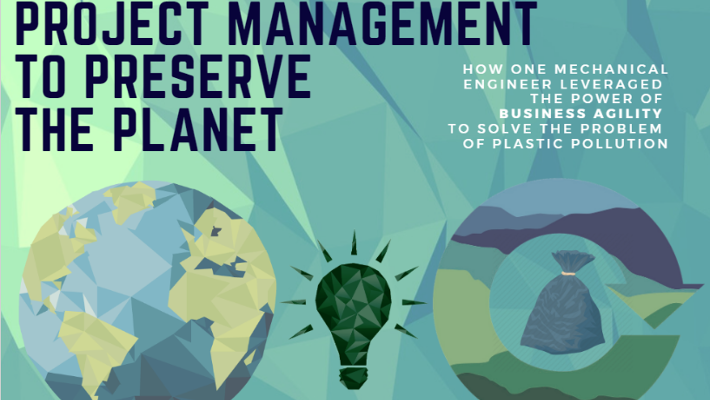
It's early, right before breakfast time when I am first introduced to Dahm Mongkol Hongchai. Not being a morning person myself, his genuine cheeriness and enthusiasm catch me off-guard, but his positive energy and disarming, warm smile can’t help but be contagious.
As we delve into the logistics, his excitement about his most recent endeavor is palpable. And for good reason. In a short period of time, Dahm has victoriously guided a company, TPBI Public Company Limited, through a difficult transformation with stellar end results, and he’s just getting started.
---
Previously, the aforementioned organization struggled to find a remedy for one of its biggest pitfalls, a problem that also plagues not just other businesses and industries, but our planet as a whole: plastic pollution. In an age where despite knowing that the virtually indestructible, non-biodegradable material now looms as one of the most harmful threats to not only the quality of but also the capacity for sustainable life here on Earth, the demand for plastic appears insatiable.
For most of us, the daunting task of trying to even start thinking of small yet concrete ways to tackle this imminent problem can prove to be too overwhelming to even start wrapping our heads around. How do you even begin breaking down this monumental effort into small, bite-sized steps? How do you get a group of people to work together effectively to dismantle this behemoth global project that inevitably needs to find some solution or else our long-term prospects are looking undeniably dim?
Agile project managers, are little bells going off in your head? Giant tasks that need to be broken up into scaleable action items? Does this sound like a familiar tune? It certainly did for Dahm. But let’s go back to the beginning where it all started for him.
As he begins to recall his formative years while earning his degree in mechanical engineering at King Mongkut Institute of Technology, Ladkrabang, in Thailand, Dahm segues off for a brief moment into a visceral example of why this ecological cause has emerged at the top of the list of his priorities.
---
Dahm elicits a gut-wrenching reaction by describing a mental picture that catches me by surprise with its shockingly stark descriptors: a whale, distended and filled up with methane, stranded on the shoreline, its body already decomposing except for the contents that spill out from the ruptured gut. “Its stomach was open, and there were a bunch of plastic bags in its stomach, so many of them…”, jam-packed inside the intestinal lining that spewed out onto the sand.
Even though Dahm only gives verbal descriptors, the image that emblazones itself into my consciousness is on par with the emaciated polar bear National Geographic captured in its final death throes in its knee-jerking disturbance. Dahm’s face gives away his own dismay and sadness when articulating how the plastic that clogged up the whale’s digestive tracts is only one of many cases that have occurred.
“Its stomach was open, and there were a bunch of plastic bags in its stomach, so many of them…”
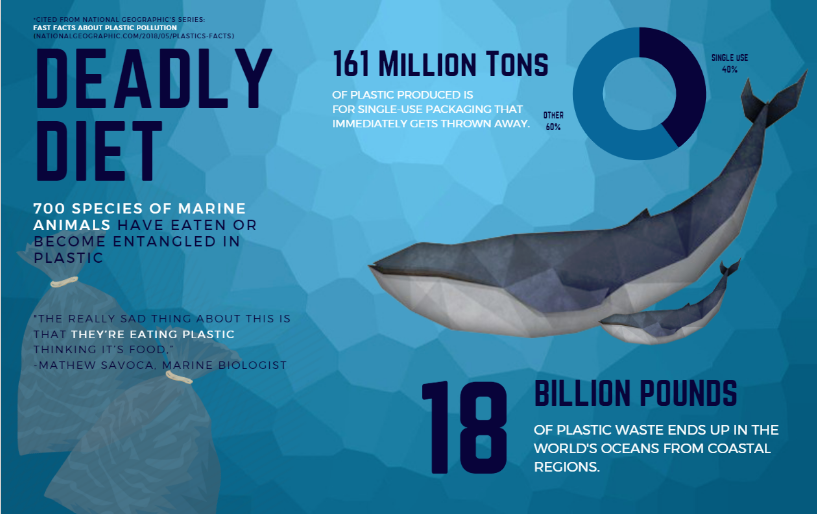
It can be easy to become inured, calloused to the recurring warning signs about the onslaught of environmental havoc human consumption and industrial waste have wreaked within the last century. What else can one do when it feels like there remains no alternative but to accept the inevitable fate we have brought upon ourselves?
But Dahm’s not one for moping about doom and gloom and sitting on his hands when the world needs problem solvers to get their hands dirty.
When Dahm transitions into elaborating on the impressive scope of his other professional milestones, all with an understated humility (it takes a good amount of prodding to get him to speak about his own achievements, something that strikes me as unmistakably modest and sincere), I start noticing a pattern when he describes his approach to problem solving.
---
Words like, “Kanban”, “sprints”, and “agile” come up again and again, whether he’s describing helping consult a Northern Thailand educational institution on “...how to better teach their pupils and their classroom”, detailing the scope of project management for Silicon Valley high-tech companies, or explaining how to navigate the wide variety of IT industry benchmarks (a sector he’s very much at home with thanks to his extensive engineering background, in which he holds his master’s degree).
Dahm comes equipped with a wealth of not only global experience, having worked in a plethora of locations, Australia, Southeast Asia, the USA, and Europe to name a few, but also a depth of business agility expertise. He is, after all, a Scrum Master, having earned his certification from and rubbed shoulders with giants like Jeff Sutherland (the acclaimed father of Scrum), Eric Rapin (a former Agile Coach at Salesforce), and Arie van Bennekum (co-author of the Agile Manifesto).
One would think that a business agility consultant with adept acumen like himself with such impressive credentials would prefer to remain in certain lucrative private sectors. It certainly would seem the most savvy career move.
But Dahm also has another distinct paradigm to his way of describing his strategies and methods for agile business development.
Over and over, he reiterates his desire to always learn through an interactive, hands-on approach, chalking up his passion for such corporeal learning to constructionism, a holistic theory of learning that emphasizes making concepts tangible and shareable in order for them to be truly understood.
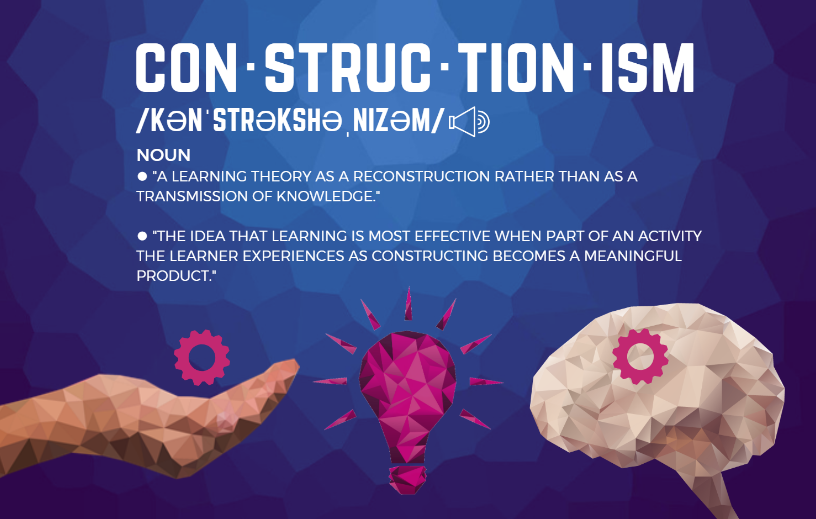
It turns out that his early immersion in this theoretical mindset of learning directly applies to his Scrum expertise.
He describes its influence simply as this:
“If you want people to join [your] project and have people perform it successfully on a large scale, you have to first achieve results with it on a small scale...to see how [they] will feel when they get a hands-on approach, to understand all details and aspects of executing the project...why would you ask other people to do something on a grand scale you yourself have not figured out how to do on a small, tangible scale?”
Like all the best evangelists, he certainly practices what he preaches, without sanctimonious ambitions but with pragmatic techniques.
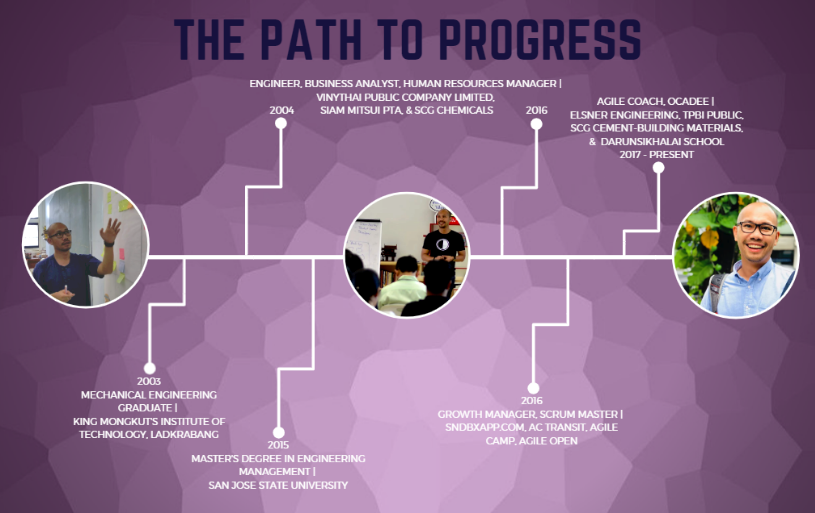
Southeast Asia is not alone in the global struggle to find real, tangible solutions for problems like rampant pollution. So how did one small, grassroots effort that stemmed from a preemptively failed initiative transform into a now wildly successful ecological recycling movement that is set to launch nationally in Thailand? In a nutshell: applying business agility.

Initially, TPBI Public Company Limited reached out to Dahm for his consultation and guidance on how to begin addressing the issue of how to get people to recycle plastic bags that the business was manufacturing.
But how do you convince thousands, if not millions of people, that they should put in the effort to clean and make the inconvenient trek over to return plastic bags that are so much easier to just toss away like other refuse items? On an individual level, what’s one more plastic bag really going to do to help save the planet when it seems like there’s no point in even trying at this stage? Dahm, after hearing about the aims of the project, immediately recommended they limit the broad scope of their efforts:
“First, they want to expand to the whole country, but [we] haven’t learned anything from this, we have no idea about the pain points of what will cause them to feel unmotivated to bring the bags back. Without knowing this first-hand, how can we hope to give them an effective incentive to get around this obstacle? Second of all, we have no system in place to handle an influx of materials. What processes or teams have we assembled to go through all of those bags and recycle them at that large a scale? Do we even know the scope of how to recycle on a small scale?”
He suggested instead to, once again, start small. Don’t bite off more than you can chew. He started by asking some fundamental questions people might ask when they first decide to recycle: “Which plastic bags do [you] accept for recycling?” He wondered what would be the best way to get the word out, “How do you advertise to just the nearby local community for whom recycling is the most convenient due to proximity?” Finally, he relied on iterative augmentation based off of data-driven observations, “Record relevant information, where the person came from, what specific plastic material did they bring when they recycled their disposable plastic, and what small promotion or offer would they like to receive as an incentive?”
“Why would you ask other people to do something...you yourself have not figured out how to do?”
And so, a Goliath of a task was brought down by a small stone of carefully focused and aimed business agility strategy. Together, the project team members at TPBI Public Company Limited and Dahm broke the process down into 6 tangible stages:
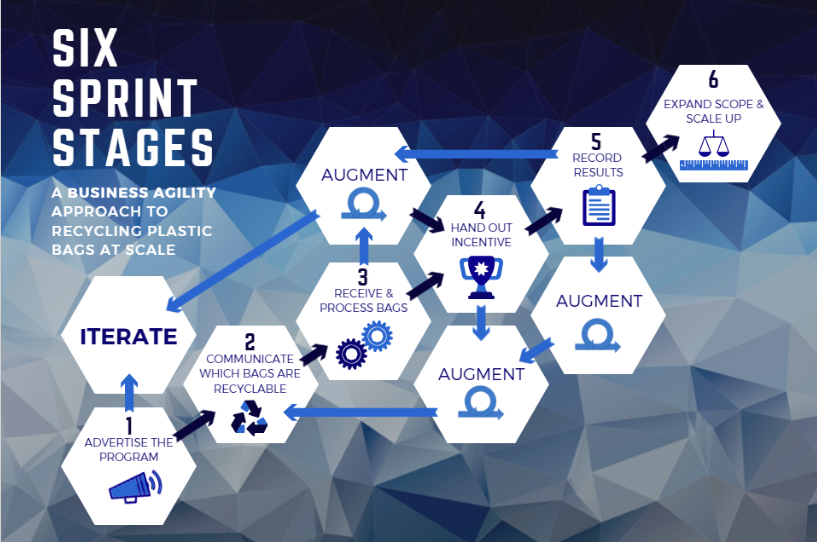
According to Dahm, the key to successful deployment of business agile strategies requires small sprints in order to keep the work manageable:
“So you can run the whole system and learn from it, that way you have a reference model to look back to and improve upon. Success starts small in the first few sprints. After we are successful in our team, then we expand to include other departments. If you are not successful at implementing this method within your own company, you cannot expect it to be successful outside of it. Just remember, each iteration you gradually expand the scope of what you are doing a little more.”
Clearly, the hands-on, iterative method to discovering how to tackle a problem head-on, starting small then scaling up incrementally has proven pivotal, both in Dahm’s approach to learning as well as collaborating. Rhetorically, he asks the teams he leads, with regards to empowering their own people, “Why don’t you create more success within [your] team members first, and then make a system on how to launch, record, and improve, by starting small and then gradually expanding as your team’s capacity and abilities ramp up?”
“AS LONG AS WE HAVE A CONVERSATION, WE CAN CONNECT, WE CAN TRULY MAKE SOMETHING HAPPEN.”
If business agility has taught Dahm anything, it is the importance of investing in teams that can self-organize and prioritize the importance of individual team members and their interactions. When I catch myself referring to members of his teams, past or present, as workers or employers, he pauses to gently, but firmly, adjust the moniker: team members. Initially, I brush it off as colloquial preferences, but the deeper into our conversation, the more I realize that for Dahm, having a mindset that cultivates collaboration in order to achieve success means fostering a culture that ennobles the importance of teams to elevate their own members over any platform.
---
In one particularly insightful, candid moment, Dahm emphasizes how uncommon and how precious this type of team cooperation is if there is to be any hope to achieve results through business agility. In referring to the team he currently works with at TPBI Public Company Limited on this recycling initiative, he praises their willingness:
“...to communicate with each other honestly, which is uncommon. People don’t open their minds often to talk to each other like they do, but here, they can talk to the CEO and the CFO with open mindsets…his [the CEO’s] Line* is always available...he has a very approachable personality, even though he is older and the CEO, even his fashion is fun, laid back, and very colorful. To be able to have that type of communication between the C-suite leaders and their teams, I think it’s awesome, it’s outstanding!”
*Line is similar to the mobile application WhatsApp
Dahm also warns of the pitfalls of teams beleaguered by poor communication.
He lists fear and a lack of trust as the root cause of toxic communication, which is the ultimate downfall of so many companies:
“All people, all team members here have opened their minds to learn something new, to learn hands-on. I started coaching them remotely from San Francisco, and met them for the first time in Thailand in December four months later. Though I was not there at the company physically, I felt far more connected to them than even at some companies where I was physically on location but teams were not focusing on trying to keep their minds open to something new. When that disconnect happens, no matter how hard you try, often there is no point. Because people will only think for themselves and not for the good of the whole team all together and for the project.”
It seems that Dahm has discovered an uncanny truth in both addressing individual company hurdles as well as global ones: when communication falls through and we start only thinking for ourselves and no one else, when we work against each other rather than together, we ultimately sabotage ourselves into bringing about our downfall. But Dahm remains hopeful. And that hope sees problems as seemingly insurmountable as solving plastic pollution as not unavoidable logistical nightmares, but opportunities to have mutually open, reciprocating conversations to start breaking down the ineffable into the tangible, the impossible into the very doable.
For a long time, the company he now works for, TPBI Public Company Limited, that is spearheading Thailand’s first nationwide effort to make recycling plastic bags a top agenda used to consider themselves the ultimate culprit of committing irreconcilable damage to the environment, and that it would never be able to act as a role model for how to process plastic recycling at enormous scale. But with Dahm’s guidance and belief in team members setting the example with baby steps, collecting plastic bags themselves first then acting as role models to other organizations and institutions like larger monasteries and community centers and universities, to regionally expanding to have larger recycling outlets available, to now finally forging ahead to execute the process on a grand, country-wide scale, well the name of the project could not be more fitting.
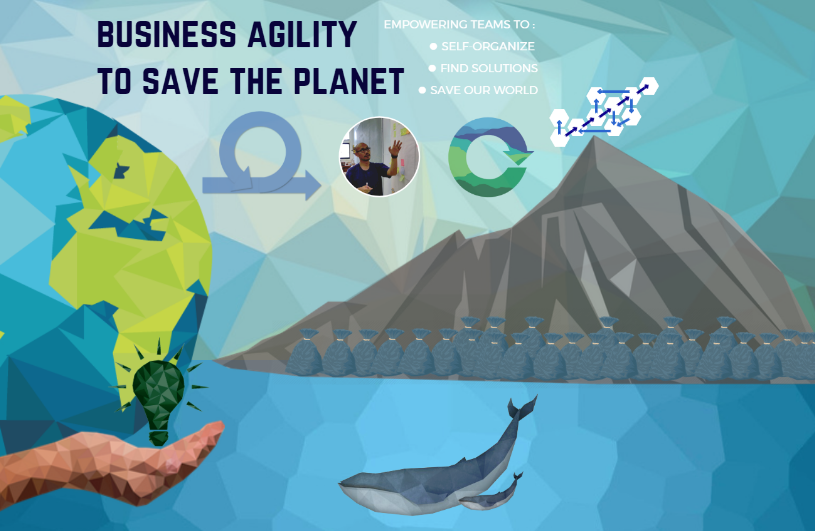
The recycling initiative’s title “Won Together” works on several levels. It is a play on the English homonyms “one” and “won”, a pun that is every bit intentional. It also happens to be the phonetic spelling of the Thai word, which also sounds identical to the English equivalent, with its definition being “to recycle”. A fitting designation for a company that embodies the business agility belief of achieving success through working together as one team, a belief that, as Dahm eloquently sums it up, “So long as people open their mind to learn something new, as long as we have a conversation, we can connect, we can make something happen.”
To contact Dahm or other business agility consultants who are making impact to improve our world, feel free to reach out to him at [email protected] or visit www.ocadee.com today.
Please subscribe and become a member to access the entire Business Agility Library without restriction.